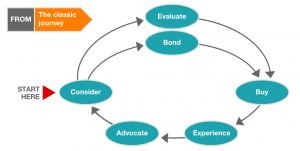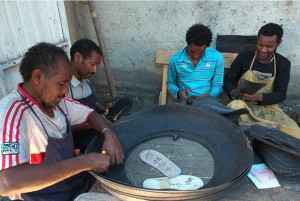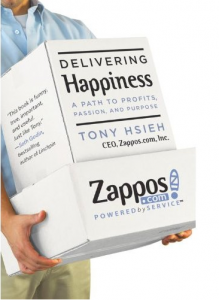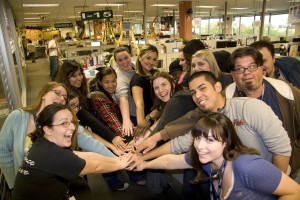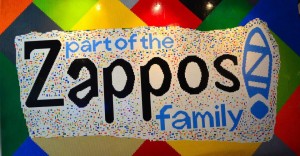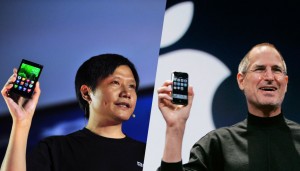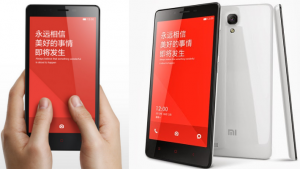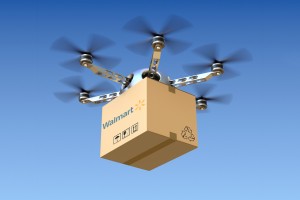In 2009, the huge online shopping website Taobao owned by Alibaba had introduced their one-day shopping festival on “Double Eleven”, or Nov 11, which is also known as the Chinese day dedicated to single, uncommitted people. Alibaba reached 80% of their online market shares on this specific day and there was an estimated 120,000 payments each minute. Haipei Jia analyzed Alibaba’s huge success by its differentiation marketing strategy. However, from my perspective, those huge successes were based on Alibaba’s prudential market researches, and their targeting to improve certain steps of “Consumer’s Decision Journey” .
When it comes to online shopping festivals, market research becomes very important. Alibaba needs to do researches about consumer’s preferences and ensure that they have placed the most popular products in the most obvious spots on the website page. Alibaba needs to broadcast the potential payment amounts and adjust the capacities of the checking out system to make sure every payment can be processed correctly and fluently. They also need to update capacity of delivery companies and product supply companies. Obviously, these market researches and preparations are there to guarantee the customer a satisfied shopping experience.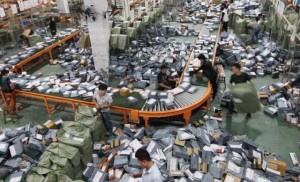
In addition, the “consumer’s decision journey” starts with ‘considering’, followed by ‘evaluation’, and ‘bonding’. What really matters most is that whether customer buys the product or not. What if the two steps before ‘purchasing’ disappeared, or barely existed. In other words, what if we could limit or shorten the time that the consumer spent on these two steps. When Alibaba limits the consumer’s time of hesitating and evaluating, instead of losing a potential customer, Alibaba actually benefits from hundreds of rational payments. Eventually, even if the profit that Alibaba can gain from selling one product became lower than usual, when a lot of purchases are being made, Alibaba is still making an incredibly large profit.
References:
http://www.bbc.com/news/business-34773940
http://www.cnbc.com/2015/11/10/worlds-biggest-1-day-sale-happening-now-in-china.html
(Source)
http://www.mckinsey.com/Insights/Marketing_Sales/The_new_consumer_decision_journey?cid=digital-eml-alt-mip-mck-oth-1510
http://tech.qq.com/a/20141216/006117.htm
